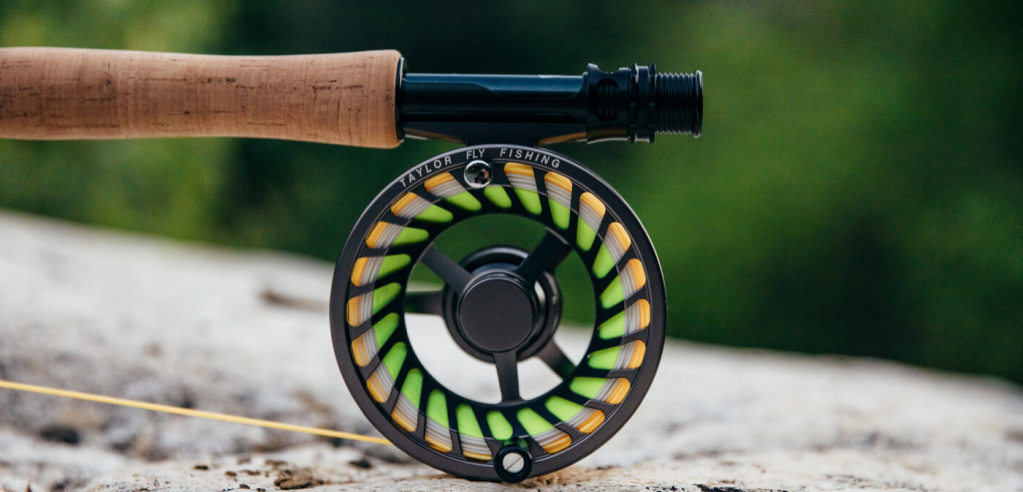Red Soft Hackle
This new fly tying hobby is great! I’ve said it before, but I wish I’d started long ago. Although like being able to read a great book for the first time again, although difficult without serious memory issues–you get my ppoint.
I think.
This fly comes compliments of Gerry over to ‘Fly Fish New England’, which is listed in my ‘blog’ log to the right.
Thanks Gerry!
Tied with red silk, thin copper wire and local grouse. (click for large image)











You could tie that with some medium sized Ultra Wire for the body to get a slightly better sink rate. I do love fishing those soft hackles.
Good idea, Rich.
I’ll tie up a few like that and maybe even another variation with a bead head.
Do you think that the thinner wire makes for a more realistic pattern?
If so, then a wee lead wire under the silk would do the trick, as well.
You are discovering that in tying flies there is no limit to the variations on a basic theme. Just a couple things to think about: I like soft hackles as a dropper on other flies. I don’t weight them, other than I’ll occasionally use a small glass bead. For a dropper on a dry, too much weight will sink the dry. As a dropper on a nymph or streamer, I let softhackle follow the weight of the other fly. It is good for the dropper to flow with the current – more lifelike.
Keep the creative juices flowing!
– Gerry
PS to my previous post: “There is no wrong way to fish a softhackle.”
Gerry,
I like trailing them off of a heavier nymph too (almost Czech style) using the nymph as an anchor fly allowing the soft hackle to waver above and behind.
When I fish soft hackles alone on the swing I like a heavier fly especially in deeper water to get them down quick so that there is plenty of lift on the fly during the swing. I’m convinced that is why soft hackles are so effective. They move through the water column with an animated motion and just look alive.
I agree, the only ‘wrong’ way to fish one is to leave it in your box!
John,
I would let the fly size dictate what diameter wire to use. You can usually tell pretty quickly if it doesn’t look right and you need to step down.
Another variation that is cool when using a bead is to tie in the bead in front of the body and behind the hackle not at the head. This way the bead becomes an abdomen of sorts. Helps to balance out the fly a little better. I’ve also used QD Dubbing (Quick Decent) as an abdomen on some of my soft hackles.
Some lead under the silk would work too. You want to be careful not too get the body too thick or it won’t look right. When you look at older soft hackles and classic spiders the bodies are often really stubby and very thin. I would twist the floss to unwind the fibers and flatten it out for the best coverage keeping it thin.
Here is a pretty good page for the older ‘flymph’ style flies:
http://www.flymph.com/index.html
Jack Gartside has a good article too (with some tying instructions and recipes):
http://www.jackgartside.com/step_soft_hackle_flies.htm
Also try to check out anything by Sylvester Nemes. He is the godfather of soft hackles.
Great stuff, guys! I’ve also had the best results swinging a heavier soft hackle fly in deeper and faster water, where it will rise on the swing with a tightening line. I haven’t done nearly as much fishing with a two fly rig as a lot of guys have.
My shortcoming, to be sure, but I like to keep things simple.
When I do, its usually a small bead head nymph under a larger dry, such as a Stimulator or Adams.
Hey Rich–just had a minute to look at your post again and check out the links. There are some great and simple patterns there that I intend to give a try. Its really getting to be fun, where I can look at a simple pattern and have some idea of how I can tie that fly and then just go at it.
I’ve never heard of QD dubbing, but it sounds like something to have. Opens up some real possibilities in terms of simple life-like pattern matches that will still get down into the column.
That is if I understand the inference to ‘quick decent’.
That fellas description of feathers from various birds was very helpful and answered some questions I’ve have slapping up against my brain at about knee level.
I’ll be looking more carefully at these woodcock parts and to some grouse feathers that I have been ignoring.
I would love to learn more about (for instance) just what parts of a hen pheasant work best in what ties.
Check out Gartside’s Sparrow Nymph:
http://www.jackgartside.com/step_gartside_sparrow.htm
Some interesting use of pheasant feathers.
Thanks Rich. I got a wee bit lost on step three. Not sure that I quite understand what is going on there. have you tied any of these up?
Have you fished them? And if so how did that work out?
Inquiring minds and all.
In step three you are wrapping the rump feather like a soft hackle. One turn only.
You fish them like a bugger. Works really well. I’ll have to show you my Gartside book. A lot of good ideas in there.
I listed it as a starting point to look at for feather uses. One you figure out what types of feathers are used where you are off and running with different species of pelts.